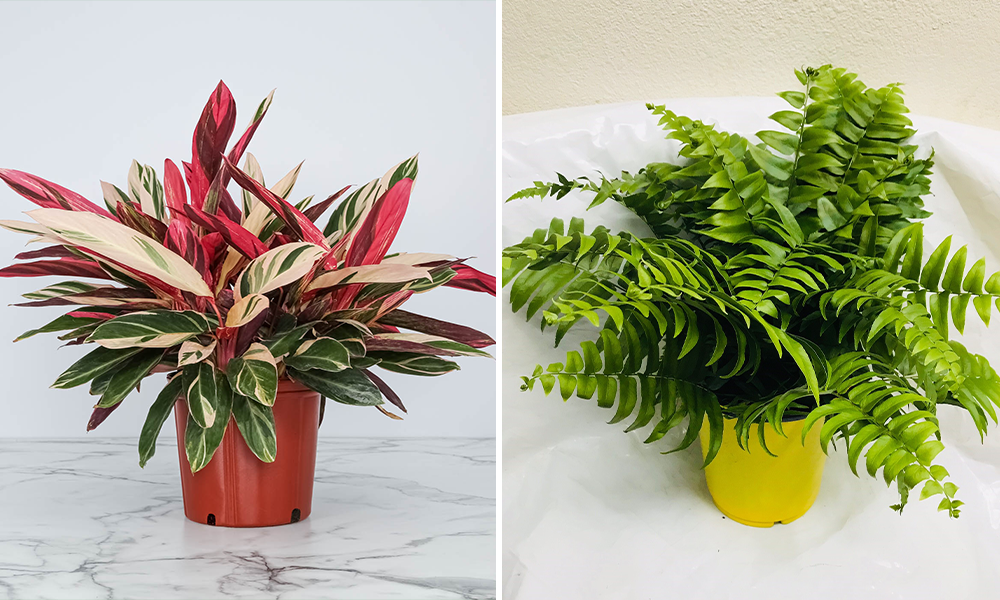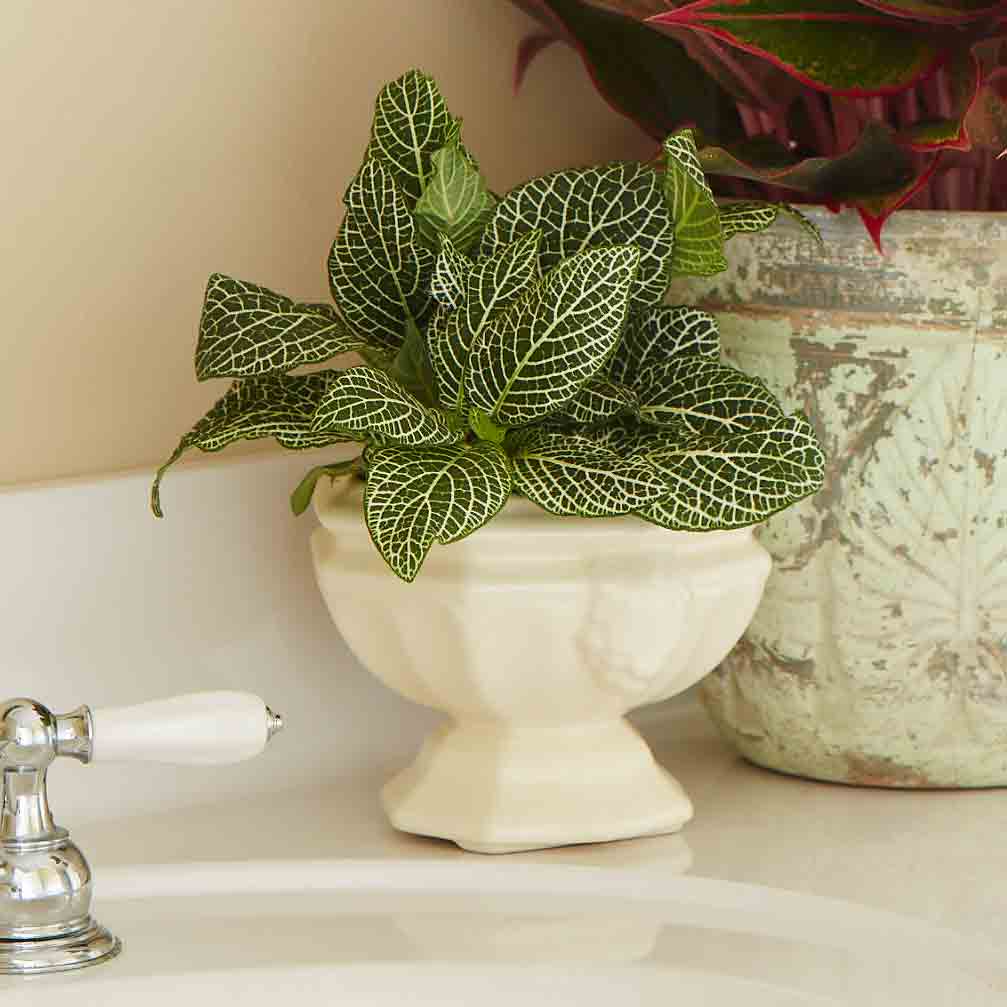Discover the Finest Low-Light Indoor Plants for Enhancing Your Home Design
Integrating low-light interior plants right into your home decoration can dramatically enhance both looks and ambience, particularly in spaces that lack bountiful natural light. Varieties such as the Serpent Plant and ZZ Plant not just bring life to dim corners but also add to improved air top quality and total wellness.

Why Select Low-Light Plants
Why go with low-light plants in your indoor rooms? The contemporary living atmosphere typically presents obstacles such as limited natural light, making it challenging for standard houseplants to grow. Low-light plants are especially adapted to grow and make it through in these problems, using a practical option for individuals seeking to improve their indoor rooms without the added stress and anxiety of preserving extra light-demanding plants.
Along with their durability, low-light plants add dramatically to the visual appeals of a space. Their diverse series of sizes, colors, and shapes enables distinct interior layout opportunities, developing inviting and lively environments. Indoor plants are understood for their air-purifying high qualities, improving indoor air high quality by releasing and filtering toxic substances oxygen, which can enhance overall well-being.
Low-light plants additionally call for very little upkeep, making them particularly attracting busy people or those new to horticulture. Their versatility enables placement in different atmospheres, from office spaces to dimly lit corners of the home. By choosing low-light plants, you can enjoy the advantages of plant without the restraints that often come with traditional horticulture, eventually promoting a much healthier and much more aesthetically enticing indoor environment.
Leading Low-Light Indoor Plants
For those looking for to boost their indoor rooms with greenery that prospers in low-light conditions, numerous plant options stand out for their resilience and visual charm. The Snake Plant (Sansevieria trifasciata) is a popular selection, understood for its upright, sword-like leaves and ability to endure neglect. This durable plant can survive in poorly lit areas while boosting indoor air quality.
Another exceptional option is the Pothos (Epipremnum aureum), characterized by its heart-shaped leaves and tracking creeping plants. When put on racks or hanging baskets., Pothos is not just versatile to low light however likewise supplies a striking visual comparison.
The ZZ Plant (Zamioculcas zamiifolia) is equally outstanding, flaunting shiny, dark green fallen leaves that can brighten up any kind of corner. Its dry spell resistance makes it optimal for active property owners.
Treatment Tips for Low-Light Plants
How can you guarantee that your low-light indoor plants grow despite restricted sunshine? Choose the appropriate potting mix that provides good water drainage while keeping wetness. A well-aerated dirt, such as a mix of potting soil and perlite, can help prevent root rot.
Watering is crucial; low-light plants typically need less frequent watering compared to their sun-loving counterparts. Always check the leading inch of the dirt-- if it feels completely dry, it's time to water. Beware of overwatering, as this can result in fungal issues and root degeneration.
Feeding low-light plants must be done moderately - Best low-light indoor plants. Make use of a balanced, water-soluble plant food throughout the expanding season, but reduce or remove fertilization in the inactive months
Additionally, dust can accumulate on fallen leaves, hindering photosynthesis. click resources Gently wipe the leaves with a wet towel to maintain them clean.
Lastly, observe your plants very closely. Indicators of distress, such as yellowing leaves or leggy growth, can indicate that your plant needs changes in care (Best low-light indoor plants). By complying with these treatment suggestions, your low-light interior plants can thrive, adding beauty and vitality to your home
Imaginative Ways to Present Plants
Raising the aesthetic allure of your indoor space can be attained by thoughtfully showing your low-light plants in creative means. Think about utilizing vertical room to your advantage; wall-mounted racks can display tracking plants like pothos or philodendron, including lushness while saving floor space. Conversely, use plant stands of differing heights to develop visual rate of interest and deepness, drawing the eye up.
Hanging planters are another exceptional choice, supplying a remarkable impact when suspended from the ceiling or hooks. Macramé hangers can present structure and bohemian flair, while contemporary ceramic wall mounts can match a minimal visual. For a more ingenious method, repurpose unique containers such as vintage teacups or glass containers, which can include individuality to your screen.
Organizing plants in collections is likewise reliable; usage differing pot dimensions and colors to produce a cohesive appearance. This technique not just boosts visual impact but likewise offers an all-natural environment feel - Best low-light indoor plants. Last but not least, take into consideration placing plants near source of lights like windows or lights to maximize their development and display their vibrant foliage, thus improving the total ambiance of your indoor setting.
Advantages of Indoor Plant
Countless researches have shown that including indoor greenery right into your living area supplies a plethora of benefits, improving both mental and physical wellness. Among the most considerable advantages of interior plants is their this page ability to boost air quality. Plants take in carbon dioxide and release oxygen, creating a much healthier ambience while additionally straining harmful toxic substances, thus advertising respiratory health and wellness.
In addition, the presence of greenery has actually been connected to minimized tension levels. Research study shows that engaging with plants can reduce cortisol levels, which are related to from this source anxiety. This soothing impact can bring about boosted state of mind and enhanced efficiency, making indoor plants a suitable enhancement to workspaces.
Furthermore, interior greenery can improve cognitive feature. Researches suggest that atmospheres enhanced with plants can result in raised emphasis, creative thinking, and total mental quality. The visual charm of indoor plants additionally contributes to a more welcoming and enjoyable setting, favorably influencing social interactions and general complete satisfaction within a space.
Conclusion

Integrating low-light interior plants into your home design can significantly improve both visual appeals and ambience, particularly in areas that do not have plentiful all-natural light. Varieties such as the Snake Plant and ZZ Plant not only bring life to lower edges but also add to improved air quality and total health. Interior plants are known for their air-purifying high qualities, enhancing interior air quality by filtering toxic substances and launching oxygen, which can improve general health.
For those seeking to enhance their indoor spaces with plant that grows in low-light problems, numerous plant alternatives stand out for their resilience and aesthetic appeal. These resilient plants, such as the Snake Plant and ZZ Plant, prosper in dark conditions and require minimal maintenance, making them suitable for various lifestyles.
Comments on “A Guide to the Best Low-Light Indoor Plants for Small Spaces”